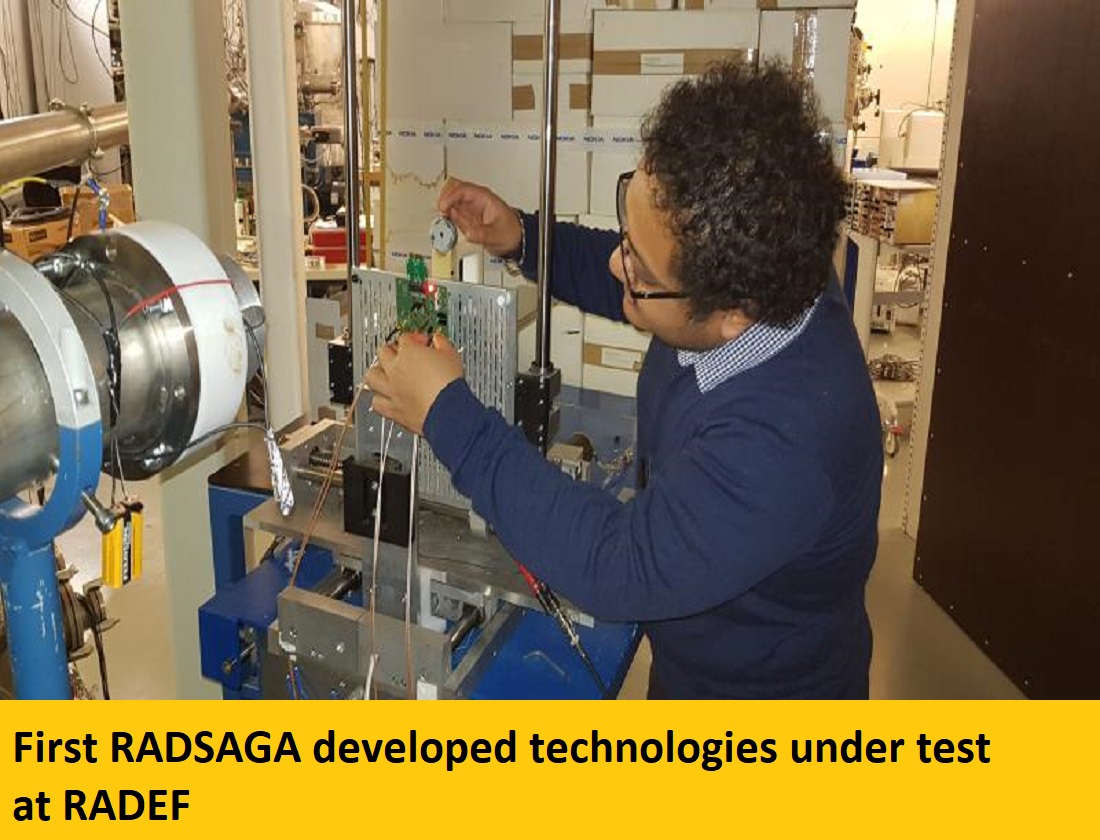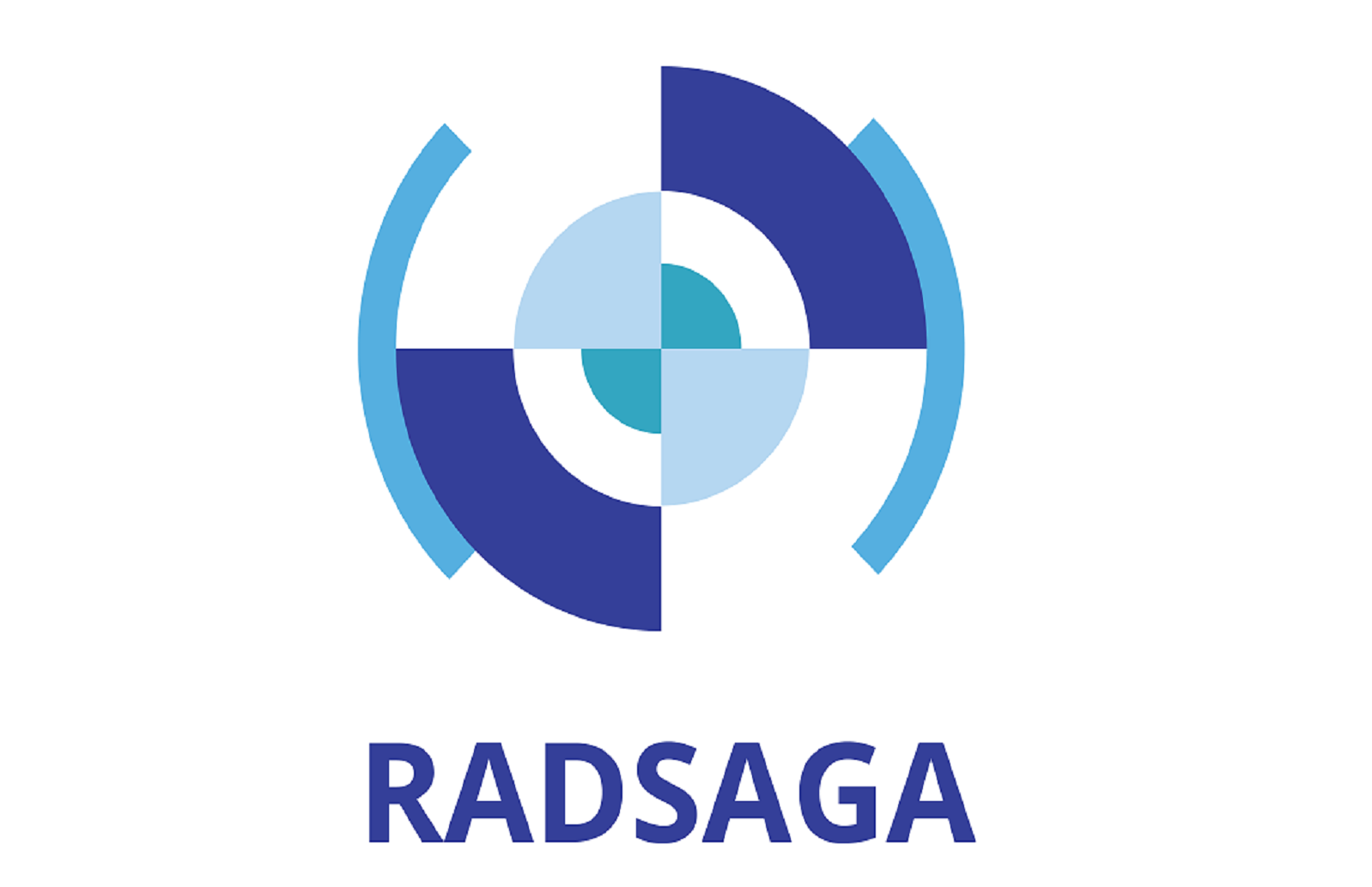First RADSAGA developed technologies under test at RADEF
For the first time ever in the frame of the RADSAGA project, internally designed CMOS devices have been tested under high level of radiation to assess their responses to SEE and TID. The two devices were realized at KU Leuven, Belgium by ESR05 Jialei Wang and ESR06 Arijit Karmakar. Arijit also travelled to the Radiation Effect Facility in Jyväskylä to perform his test, while Jialei was forced to perform his test remotely from Belgium. Arijit joined the RADSAGA community hosted at the University of Jyväskylä, featuring mainly ESR01 Sascha Lüdeke and ESR02 Daniel Söderström.
Duirng a 2-day testing campaign held on May 8-9 2019, the two ESRs had the chance to test their devices with both high energy protons and a cocktail of heavy ions profitting from the enhanced source capabilities. The RADEF cyclotron can indeed provide different beams for irradiation of electronic devices. Proton energy is limited to about 52 MeV, thus allowing to collect only a first bunch of data for characterizing the devices, e.g. determining their cross section. However, thanks to the high flux available, also high total ionizing doses can be deposited in the devices in a short amount of time. The heavy ion cocktail was recently updated to enhance the energy of the most energetic Xenon ion to 2 GeV. This improvement allows for much deeper penetration capabilities of the ions in the Silicon sensitive volume of a device. This is a central issue for modern electronics since ions have very short range (~100 microns) and often the sensitive volume of certain devices may be deep.
ESR05 Jialei Wang had the chance to test his low core voltage SRAM-based 65nm technology radiation monitor with both protons and heavy ions. This device is very interesting because it allows selecting the core voltage over a quite large interval. This voltage variation has the effect of altering the critical charge of the transistors, i.e. the charge an ion has to deposit to cause the binary value stored in the memory bit to flip to the opposite one (0 -> 1 or 1 -> 0). The device also returns a physical mapping of the locations were the bits have flipped. Jialei's test consisted in testing the SRAM with different voltages and with different ions, each having a different LET (Linear Energy Transfer, the energy deposited by the ion in the silicon per unit length) to retrieve a cross section curve. This can be used to define the Single Event Upset rate when the memory is used in an environment characterized by similar particles or to measure the flux of these particles when their quantity is the unknown.
ESR06 Arijit Karmakar had the chance to test two samples of his CMOS LC Quadrature Oscillator (2.7 GHz) with heavy ion for SEE characterization and with protons for TID characterization. For the SEE test he tested with the most energetic Xenon ion available. For the TID test he used 50 MeV proton to accumulate a quite high dose. In both cases, the test was aimed at assessing variation in circuit parameters such as: quadrature phase error and oscillator frequency. The data there collected will be used to evaluate the effectiveness of the radiation hardness techniques employed during the design phase of the Oscillator.
ESR15 Andrea Coronetti
Here are some pictures from the test campaign.
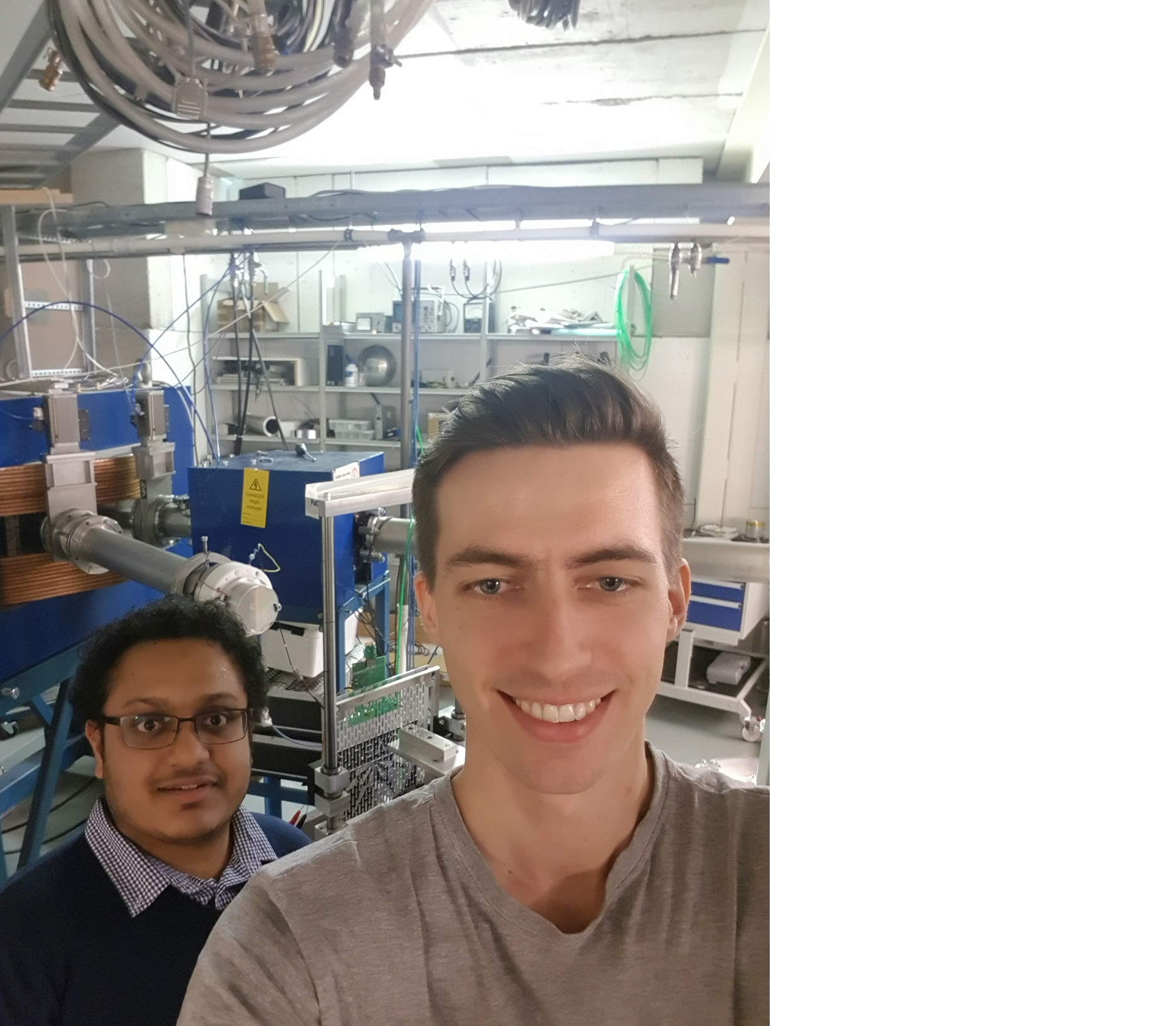
Daniel Söderström and Arijit Karmakar in the RADEF facility (Credit: Daniel Söderström).
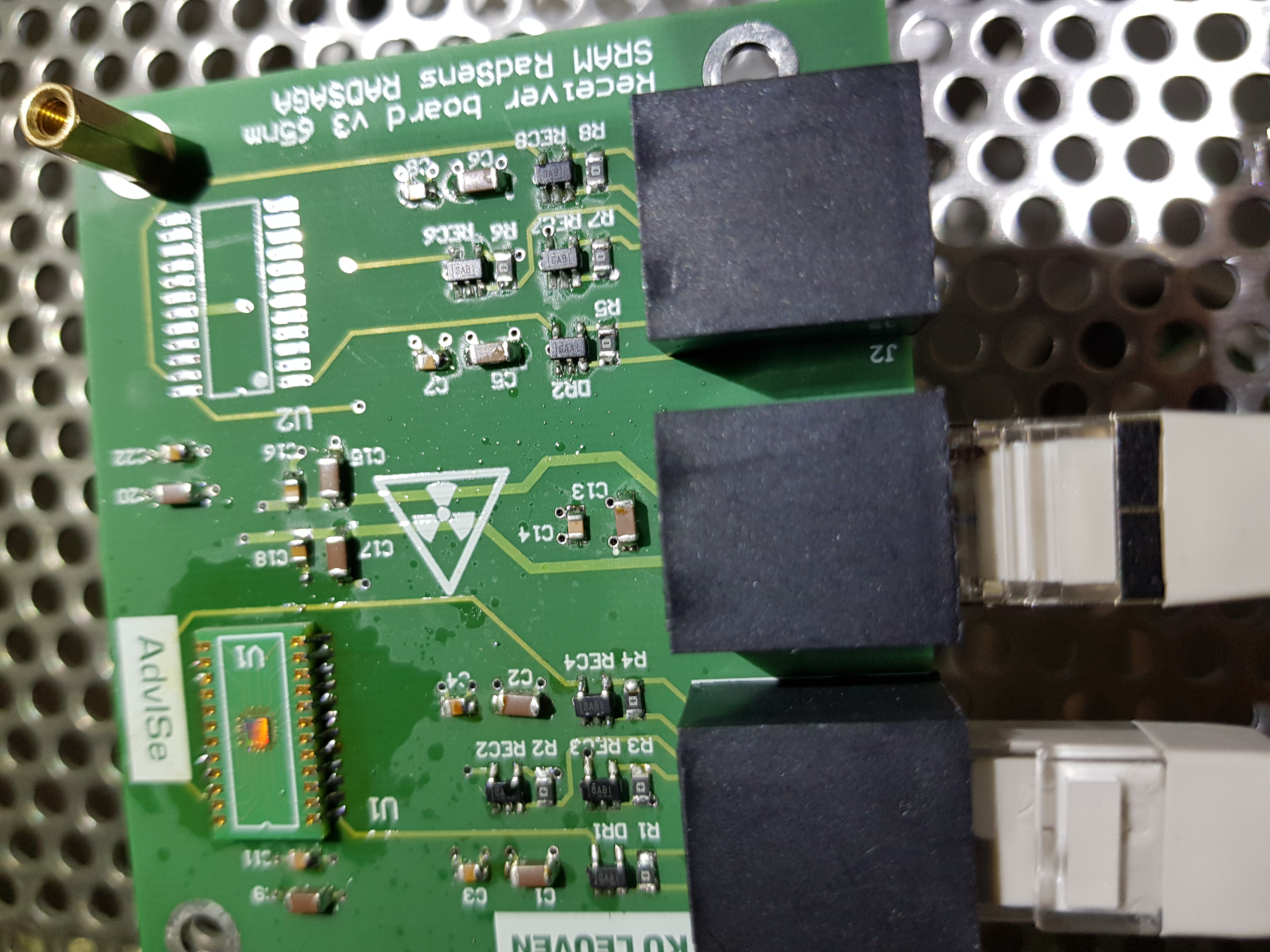
65nm SRAM-based Radiation Monitor from Jialei Wang (Credit: Daniel Söderström).
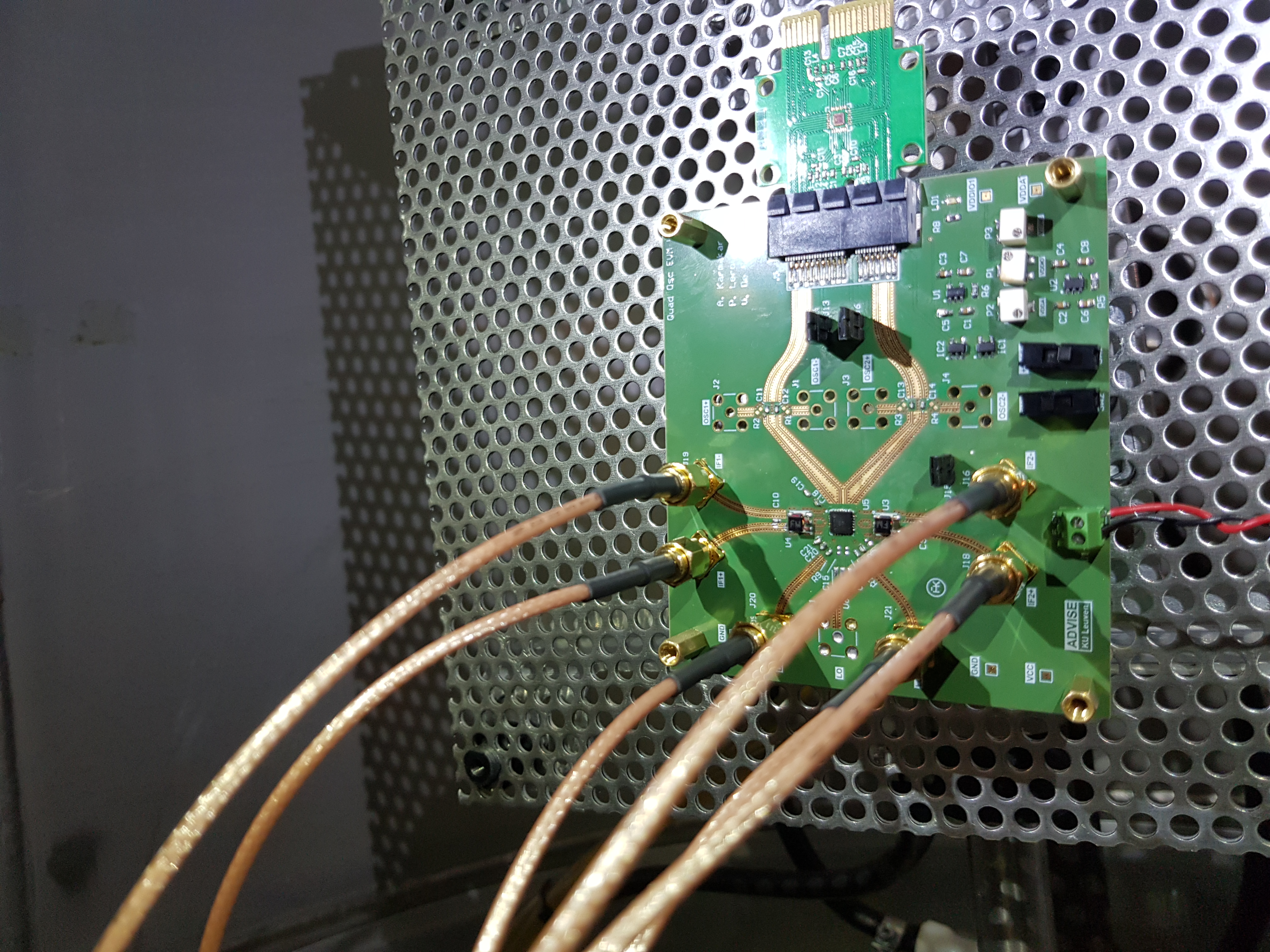
Quadratue Oscilloscope from Arijit Karmakar (Credit: Daniel Söderström).
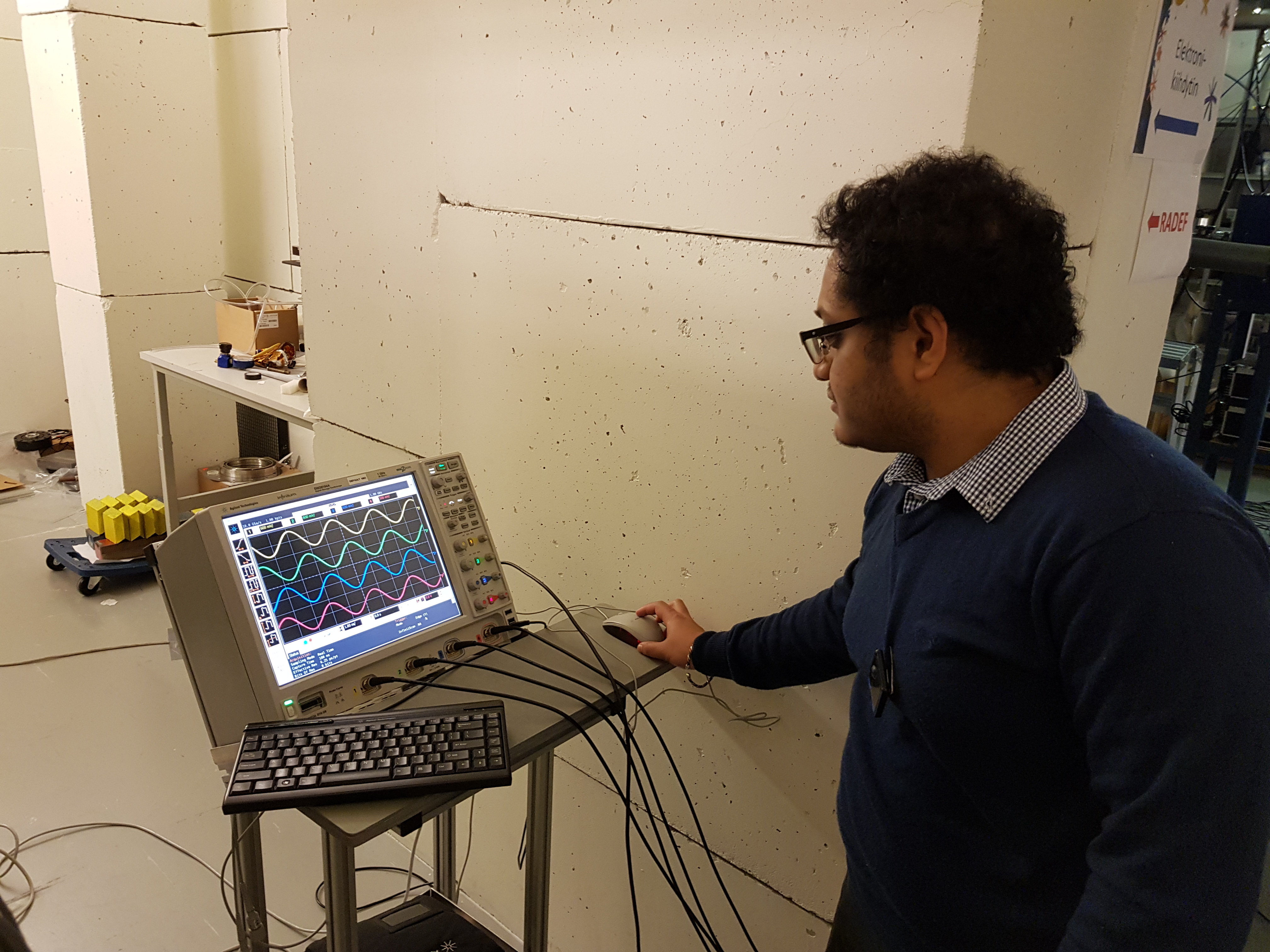
Arijit checking parameters at the oscilloscope (Credit: Daniel Söderström).
